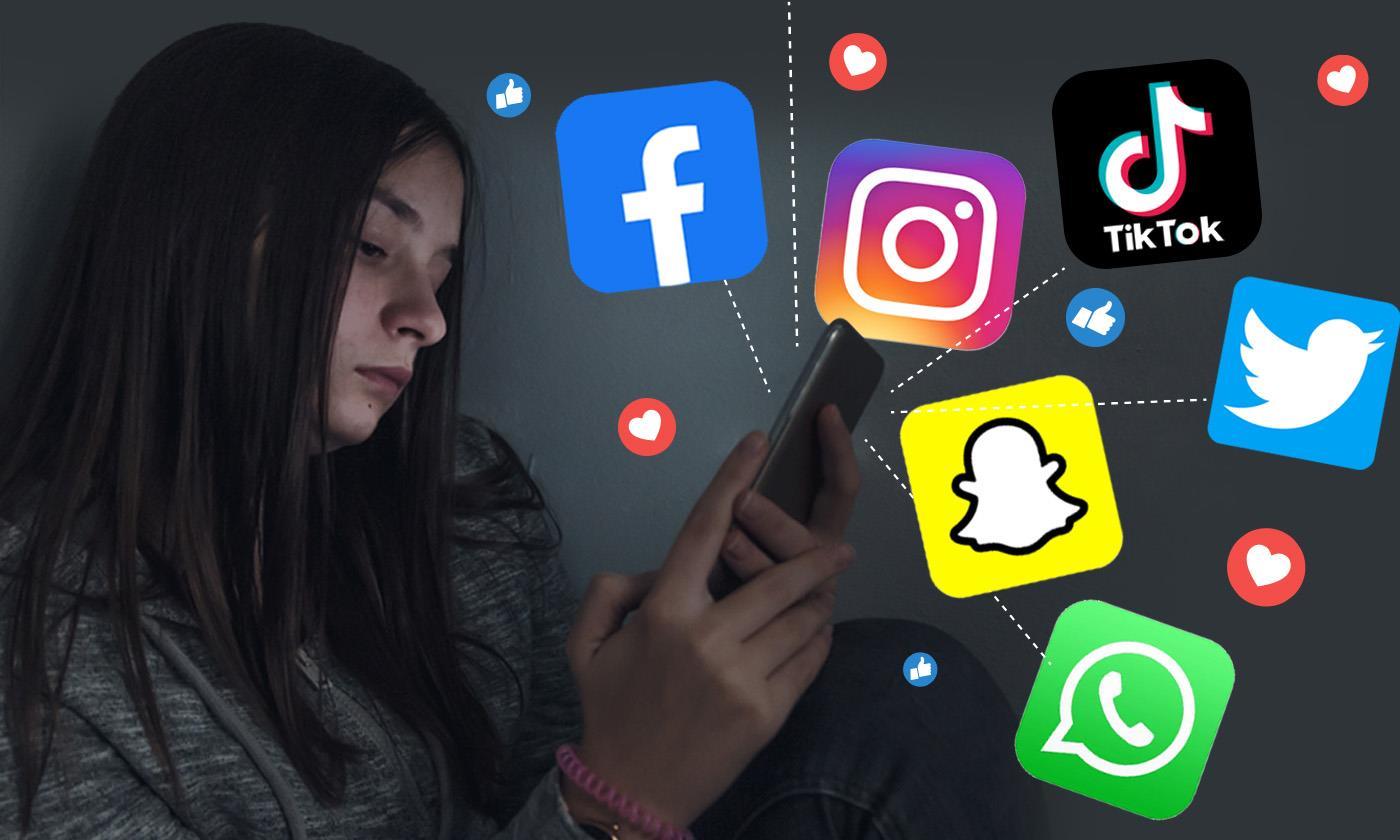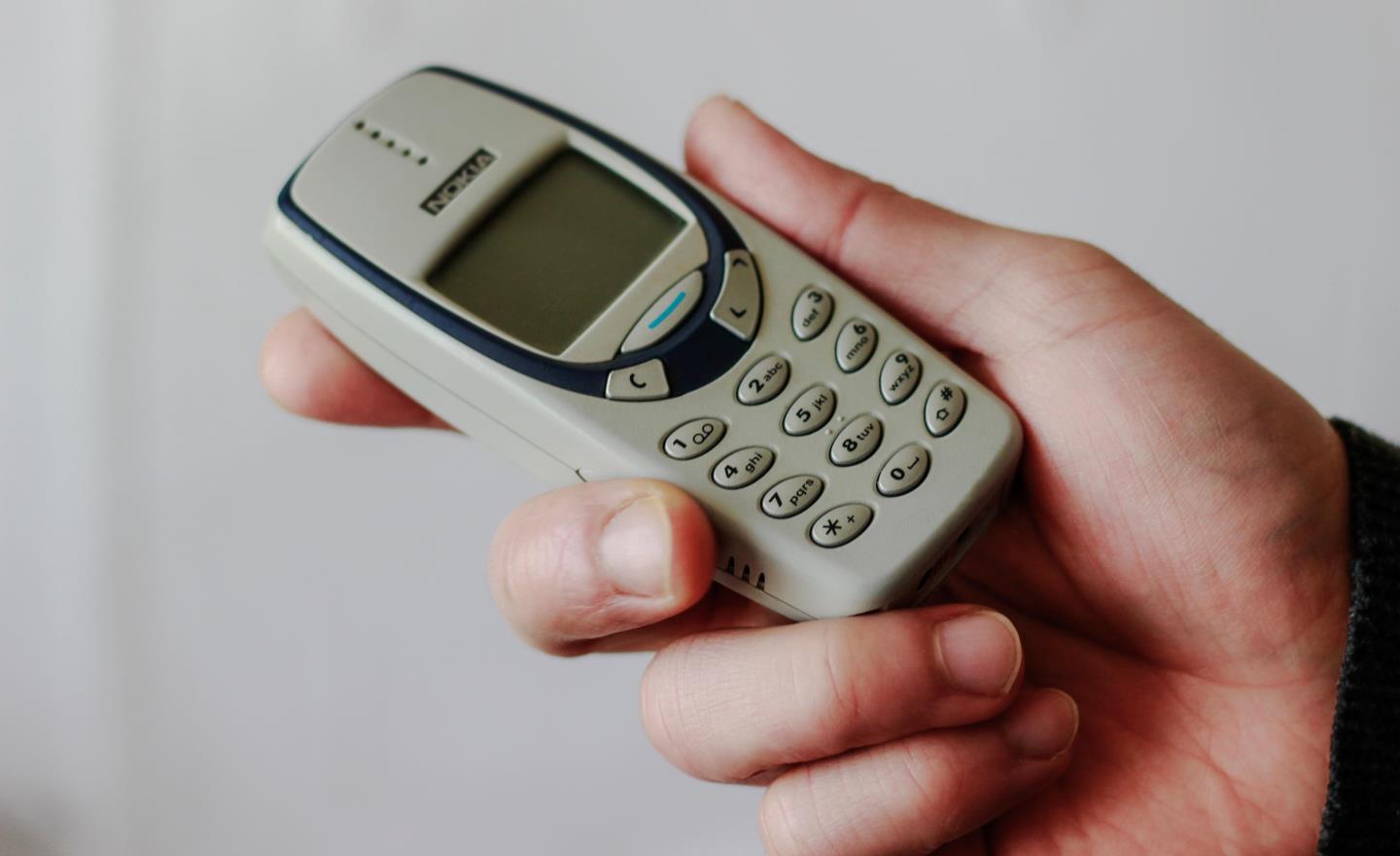It’s probably not a great idea to shout about this, as someone who writes for a living, but I think I might be sick of words.*
Around 20 years ago, when mobile phones were new, there was some screechy panic in the media about how text speak (or to give its proper name, txt spk m8) was going to end literacy and stultify communication, making the youth more lazy.
Two decades and one pandemic on, I’m pleased to let those turn-of-the-Millennium doomsayers know that the written word is indeed alive and thriving.
If anything, having tiny keyboards in our pockets 24/7 has ushered in a whole new age of words. Black on white on meme.
No time to talk after WhatsApp, emails and Twitter
I am currently in 13 different WhatsApp group chats. I’ve already dealt with 17 emails today, before lunchtime.
Twitter’s worldwide membership rose by a staggering 34% in the first three months of the pandemic alone
A quick scroll down Twitter, where I follow almost 3,000 people, boggles my eyes with split-second exposure to the following topics: Boris Johnson, the Queen’s portrait, England flags in Scotland, people complaining about the heat, people complaining about the people complaining about the heat, Julie Burchill losing her Telegraph column for racism, Michael Gove breaking the law, fad diets not working, Tom Hiddleston, women in STEM being told to lower the pitches of their voices – and everyone is angry. Angry and tired and firing off at each other with more words, and more words, and more words.
During that first period of lockdown last year, when we weren’t allowed to see anyone outside our households, platforms like Twitter and WhatsApp became literal lifelines. Twitter’s worldwide membership rose by a staggering 34% (by far the highest rise in its 15 years of existence) in the first three months of the pandemic alone.
We needed that flow of words to fill the emptiness and loneliness many of us felt, with the dopamine hit of a “like” or a comforting ping from your phone replacing what we’d usually get from physical contact – but, in a way, it’s managed to isolate us all even more.
We risk losing the nuances of verbal and visual communication
The text speak panickers of yesteryear did get one thing right at least – the popularity of textual communication in our age of hyperconnectivity is partly down to a sort of laziness.
It’s much easier to tap a quick WhatsApp message than risk the awkwardness of phoning at a time that doesn’t suit the other person; but it’s also much more convenient for getting your own points across without interruption, and without having to adjust yourself around the other person’s reaction.
Taking in those important non-verbal, non-textual clues that most of us have learned since birth to recognise – a flinch, a shrug, a bitten lip, a flash of something across the eyes – is a huge part of compassionate communication.
Very few minds were ever changed by typing furiously at them. It’s one of the reasons why the 2014 Yes campaign suggested that its activists prioritise face-to-face conversation, listening skills and coffee mornings.
Social media connects us but dehumanises us
If communication becomes boxed off into tiny rectangles of individual response, it becomes all too easy to forget that you’re firing these words at a person, rather than an idea of right or wrong.
Everything feels more extreme on social media, but also paradoxically more throwaway
Everything feels more extreme on social media, where an issue is reduced to a headline, but also paradoxically more throwaway, as a scroll down can take you on to the next bit of doomsday news, and the next, and the next. It’s very high volume background noise, which is naturally, making us all the more anxious.
It’s a strange situation – we’re dependent on social media for human connection, but it’s also dehumanising that connection profoundly.
We aren’t meant to be up in other people’s business this much
This is not a particularly new or pandemic-specific phenomenon – the internet has always made it much easier to go home and write a scathing anonymous 2,000 word long TripAdvisor review than, say, actually flag up to the restaurant staff in person that your food was late and cold. However, it is something that has got much worse in the past year.
I’m not suggesting we go back to a pre-language state, or even that we stop textual communication at all. Maybe just that it’s OK to take a step back.

At some point during the first lockdown I saw a tweet (of course I did) which said something like: “We aren’t meant to be up in other people’s business this much. We’re not meant to be exposed to other people’s inner thoughts, all day every day.”
I can’t find the original tweet to credit the writer – at the time I probably scrolled past it to 40, 50 other people’s inner thoughts – but I think about that person (and what they wrote) every day.
*My publisher, agent and small, hungry children would like me to note that, of course, the words that I write are wonderful and fine, and it would be a really good idea for you to buy more of them.
Kirstin Innes is the author of the novels Scabby Queen and Fishnet, and co-author of the forthcoming non-fiction book Brickwork: A Biography of the Arches












